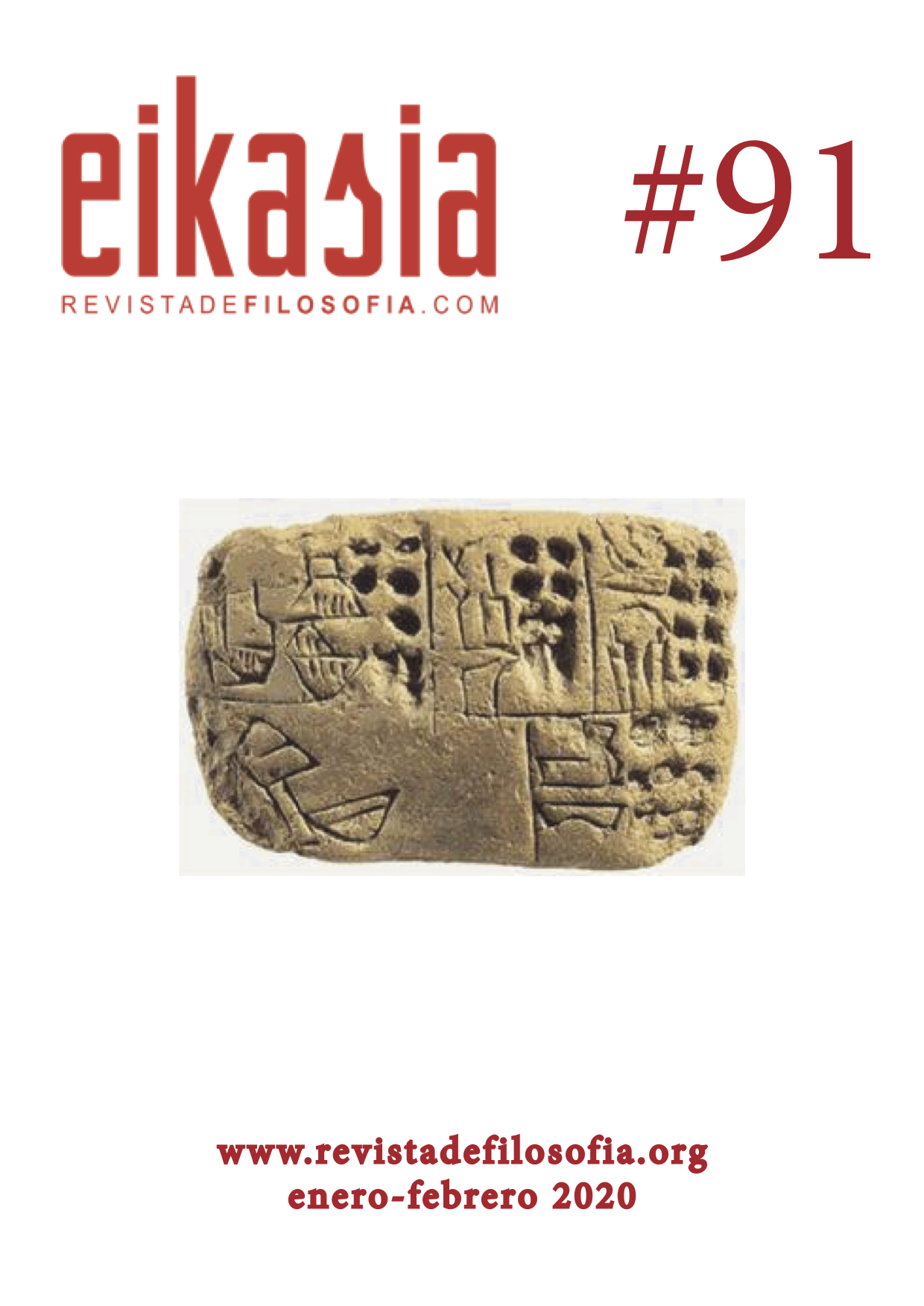Abstract
The study of the second person as a condition of the «Me» in the poetic discourse gains momentum in the studies of literary theory from the emergence of the relatively recent field of the pragmatics of lyrical communication. This perspective of current study admits that the lyrical «Me» is not reduced to the category of mere «enunciative subject» that explains in itself the locutive process of enunciation; rather it is considered the projection of the subject towards the alterity of the interlocutor (Me) to the interlocutor (You), that is, the expression of the subject of enunciation to the addressee postulated in the discourse. In this sense, the textual presence of the «Me» and the «You» is interpreted as a sign of a dialogical relationship that becomes the fundamental sense of the poetic structure. In this context, the modes of postulation of «You» as a sign of dialogical manifestation in Juan Gelman's poetry are investigated.
For the purpose of this paper, the theoretical framework is composed of the positions of Émile Benveniste (2004) on enunciation; Carmen Bobes Naves (1991) and Jesús Maestro (1998) on the manifestations of dialogical expression in lyrical discourse; and Margarida Bassols and Anna M. Torrent (1997), Amparo Tusón (2015) and Álvarez Muro Alexandra (2001) on the formal conditions of conversation.
References
Gelman, J. (2014). Poesía reunida. Tomo I. Buenos Aires, Seix Barral.
Álvarez Muro, A. (2001), «Análisis de la oralidad: una poética del habla cotidiana» en Estudios de Lingüística del Español, vol. 15. Venezuela, Universidad de los Andes. Disponible en <http://elies.rediris.es/elies15/index.html#ind>.
Bassols, M. y Torrent, Anna M. (1997), Modelos textuales. Teoría y práctica, Barcelona, Eumo-Octaedro.
Benveniste, É. (2004), «El aparato formal de la enunciación», en Problemas de lingüística general, volumen 2. Buenos Aires, Siglo XXI.
Bobes Naves, M. del C. (1992), El diálogo. Estudio pragmático, lingüístico y literario. Madrid, Gredos.
Freidemberg, D. (1999), «Herencias y cortes. Poéticas de Lamborghini y Gelman», en Cella, S. (dir.), Historia crítica de la literatura argentina, vol. 10. La irrupción de la crítica, 1ª ed. Buenos Aires, Emecé, pp. 183-212.
Hamburguer, Kate (1995), La lógica de la literatura. Madrid, Visor.
Maestro, G. J. (1998), «La expresión dialógica como modelo comparatista en el discurso lírico de J. L. Borges y F. Pessoa. Hacia una crítica de la razón dialógica», en Cabo Aseguinolaza, F. y Gullón, G. (eds.), Teoría del poema: la enunciación lírica. Ámsterdam, Diálogos Hispánicos, n.º 21. Rodopi, pp. 267-324.
Spang, K. (1986), «La voz a ti debida. Reflexiones sobre el tú lírico», en AIH, Actas IX, pp. 165-173. Disponible en <https://www.cervantesvirtual.com/obra/la-voz-a-ti-debida-reflexiones-sobre-el-tu-lirico-/>
Tusón, A. (2015), El análisis de la conversación. Barcelona, Planeta.

This work is licensed under a Creative Commons Attribution-NonCommercial-NoDerivatives 4.0 International License.

